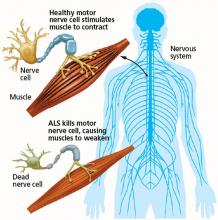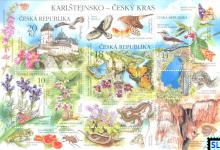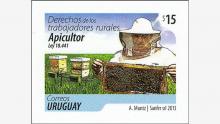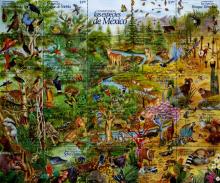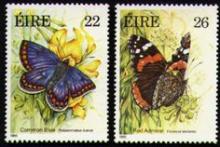Pesticide exposure linked to increased risk of ALS
Survey data suggest reported cumulative pesticide exposure was associated with increased risk of amyotrophic lateral sclerosis (ALS), a progressive and fatal neurodegenerative disease, according to an article published online by JAMA Neurology. Eva L. Feldman, M.D., Ph.D., of the University of Michigan, Ann Arbor, and coauthors examined occupational exposures and environmental factors on the risk of developing ALS in Michigan. The authors evaluated assessments of environmental pollutants in the blood and detailed exposure reporting through a survey.

